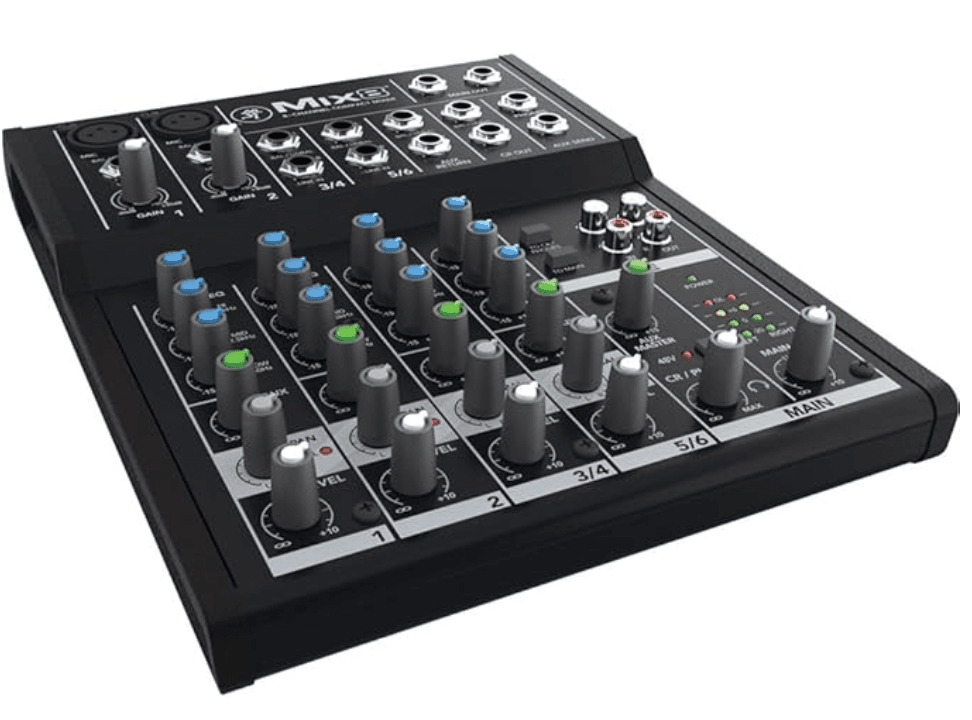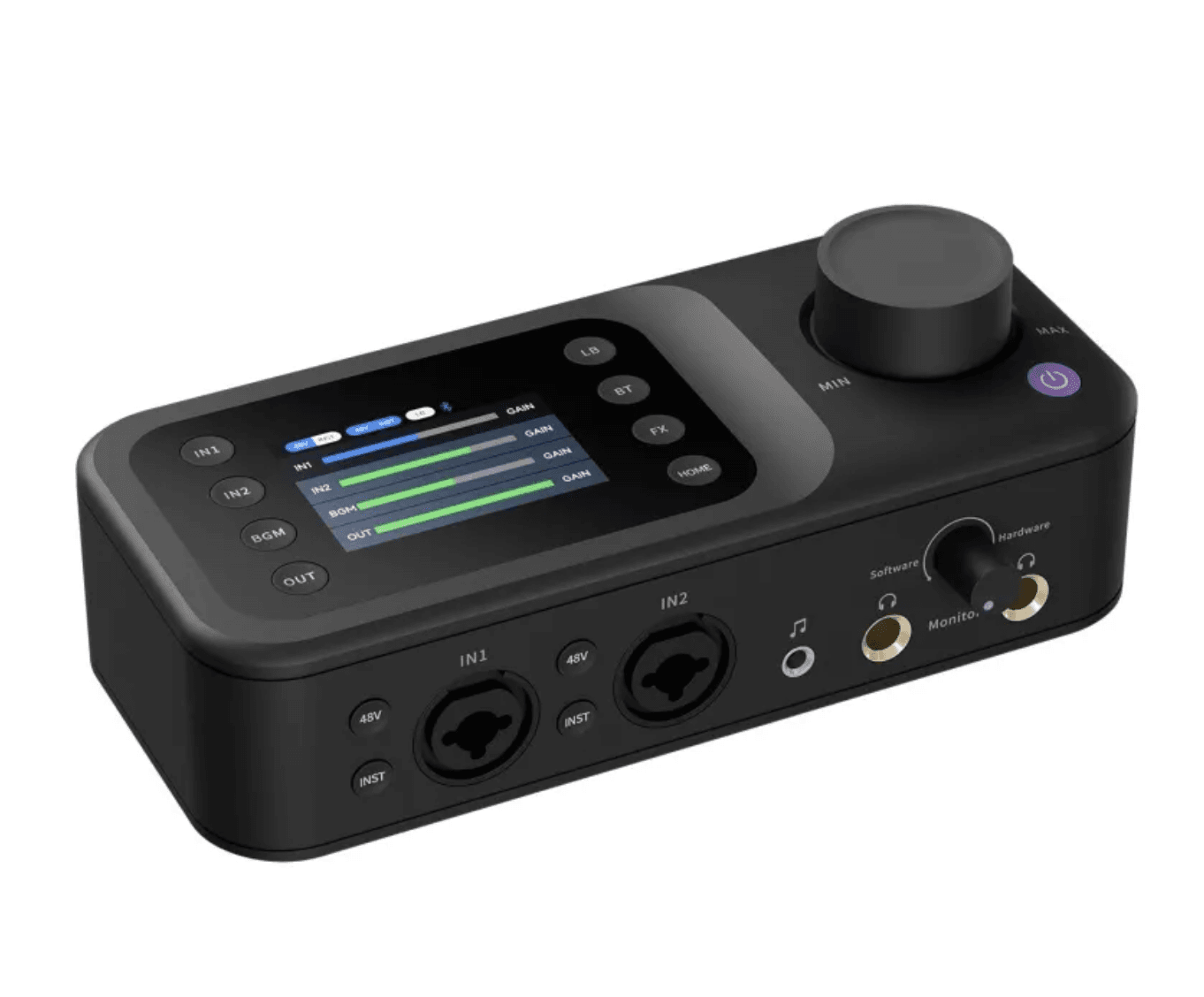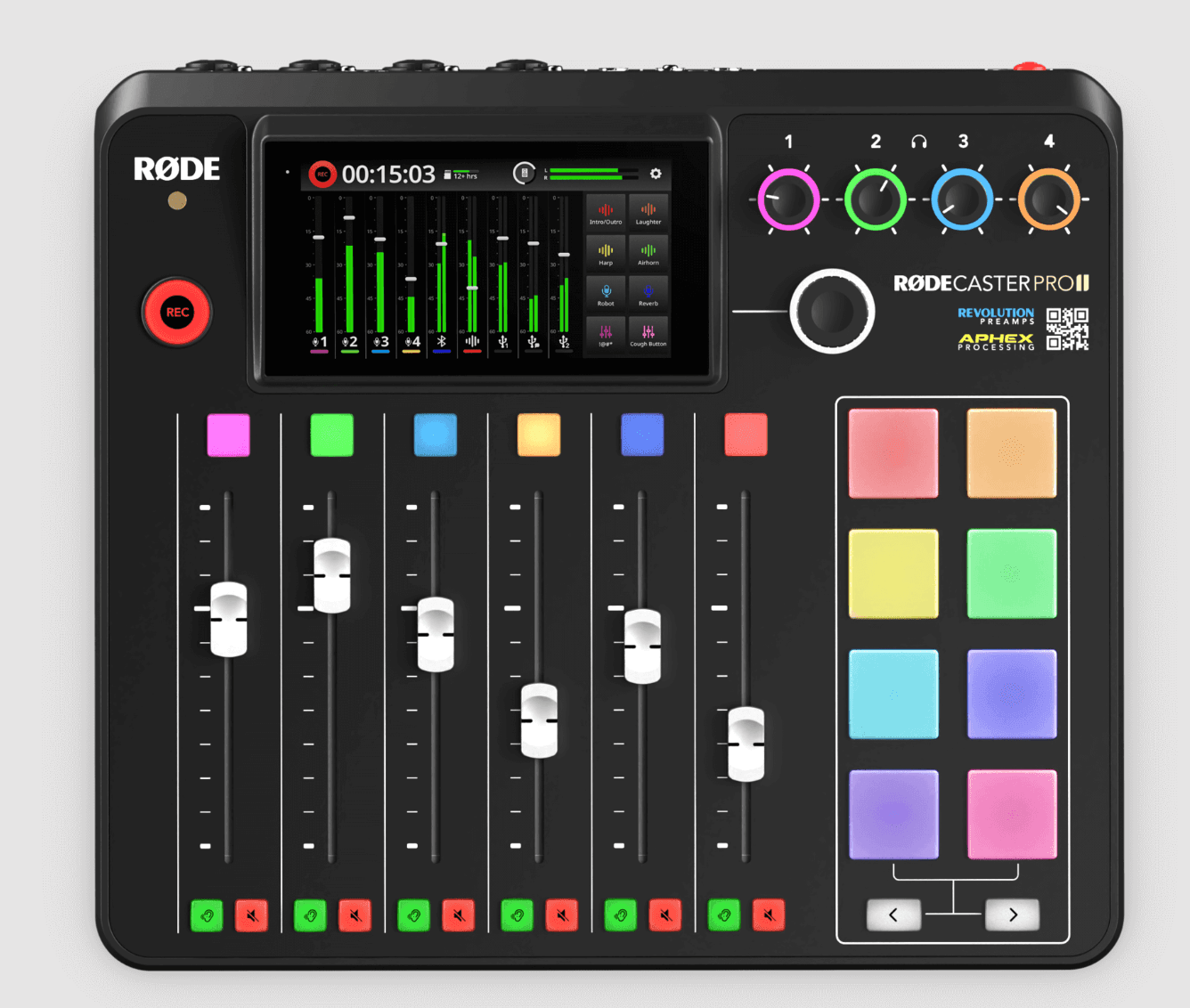Podcasting has become one of the most popular ways to share ideas, stories, and information. Whether you’re recording solo, interviewing guests, or hosting a group discussion, high-quality audio is key to keeping your listeners engaged. While USB microphones work well for beginners, an audio mixer for podcasting can take your sound quality to the next level.
A podcast audio mixer helps control volume, balance different audio sources, and improve overall sound quality. With so many options available, how do you choose the best one? In this guide, we’ll explore why a podcast audio mixer is useful, what features to look for, and some of the best options available.
Why Do You Need an Audio Mixer for Podcasting?
Many podcasters start with a simple USB microphone plugged into their computer. This setup works, but it has limitations. If you want better sound quality and more control over your audio, a podcast audio mixer is a great investment. Here’s why:
- Better Sound Control – Mixers allow you to adjust volume levels, EQ (equalization), and gain, making your voice sound clearer and more professional.
- Multiple Inputs – If you have multiple hosts or guests, a mixer lets you connect multiple microphones and balance the sound.
- Audio Effects – Some mixers come with built-in effects like noise reduction, reverb, and compression, which improve sound quality.
- Live Recording & Streaming – A mixer helps you manage audio in real time, which is great for live podcasts or streaming.
If you plan to podcast long-term or want professional sound, an podcast audio mixer for podcasting is a smart upgrade.
Key Features to Look for in a Podcast Mixer
Choosing the right device for audio mixing depends on your needs and budget. Here are the key features to consider:
- USB vs. Analog Mixers
- USB Podcast Audio Mixers – These connect directly to your computer and work well for beginners. They are easy to use and don’t require extra equipment.
- Analog Podcast Mixers – These offer more control and flexibility but usually require an audio interface to connect to a computer.
If you’re new to podcasting, a USB podcast audio mixer is the better choice.
- Number of Inputs
- Solo Podcaster – A mixer with 1-2 channels is enough.
- Interview or Co-Host Setup – Choose a podcast mixer with at least 2-4 channels.
- Multi-Person Show – If you have a panel or group discussions, get a mixer with 4+ channels.
- Built-in Audio Processing
Some better podcast audio mixers have built-in features like:
- EQ (Equalization) – Adjusts bass, mid, and treble frequencies for a balanced sound.
- Compression – Smooths out volume differences to make voices sound even.
- Noise Gate – Reduces background noise, making voices clearer.
- Connectivity Options
- XLR Inputs – Best for professional microphones.
- USB Connectivity – For easy plug-and-play setup with computers.
- Bluetooth – Some podcast mixers allow wireless connections for phone calls or background music.
- Portability and Ease of Use
- If you record in different locations, choose a lightweight, portable mixer.
- Beginners should look for user-friendly interfaces with labeled controls.
Best Audio Mixers for Podcasting in 2025
Now that you know what to look for, here are some of the best podcast audio mixers:
Key features:
- XLR microphone interface Enhanced Sound Fidelity
- Versatile XLR Microphone Interface
- Comprehensive Instrument Input Dedicated Podcast Audio Output
- Direct Monitoring Real-time volume adjustment
- Seamless Compatibility User-Friendly Design

Key features:
- Dual Mic/Line Inputs
- Dual Stereo Line Inputs
- Phantom Power
- 3-Band EQ
- Aux Send and Return
- Headphone Output
- Rugged and Portable

Key features:
- Max. 4 Mic / 10 Line Inputs (4 mono + 3 stereo)
- “D-PRE” mic preamps with an inverted Darlington circuit
- High-grade effects: SPX with 24 programs
- 24-bit / 192kHz 2in / 2out USB Audio functions
- Includes Cubase AI DAW software download version
- PAD switch on mono inputs
- +48V phantom power
- XLR balanced outputs

Key features:
- Two High-Quality XLR/6.35mm Combo Jacks with Premium Preamps
- HD LCD Screen for Real-Time Status Display & Intuitive Control
- Versatile Accompaniment Sources & Wide Compatibility
- Real-Time Monitoring & Compact Design
- 2 XLR/6.35mm combo inputs and dual stereo outputs

Key features:
- Ultra-low-noise, high-gain Revolution Preamps (-131.5dBV EIN, 76dB gain)
- Four high-quality Neutrik combo inputs for connecting microphones, instruments and line-level devices
- Built-in wireless receiver for connecting up to two RØDE Series IV transmitters
- Nine individually assignable channels with six broadcast-quality physical faders and three virtual faders
- High-performance quad-core audio engine
- Dual USB-C interfaces for connecting two computers or mobile devices
- Multitrack or stereo recording to a microSD card, USB storage device or computer
- Four high-power headphone outputs and balanced ¼-inch line outputs

Choosing the right podcast audio mixer for podcasting depends on your needs and budget, so pick the one that fits your setup best.
How to Set Up and Use Your Podcast Mixer
Once you’ve chosen your USB podcast audio mixer, follow these steps to set it up:
Step 1: Connect Your Microphone
- Plug your XLR microphone into the audio mixer’s input channel.
- If using a USB microphone, connect it directly to your computer.
Step 2: Adjust Volume and Gain
- Turn the gain knob until your voice sounds clear but not distorted.
- Adjust the volume fader to set the right loudness level.
Step 3: Apply EQ and Effects
- Increase bass for a deeper voice.
- Reduce high frequencies to remove harsh sounds.
- Use compression to smooth out volume levels.
Step 4: Connect to Your Recording Software
- If using a USB audio mixer, select it as the input device in your recording software (Audacity, GarageBand, Adobe Audition).
- Test your levels before recording to ensure good audio quality.
Step 5: Troubleshoot Common Issues
- Too much background noise? Lower the gain or use a noise gate.
- Audio sounds too low? Increase the volume on the podcast audio mixer.
- Echo or feedback? Move the microphone away from speakers.
FAQ: Common Questions About Podcast Mixers and Equipment
Q1: Do I need a podcast audio mixer to start a podcast?
Not necessarily. If you’re just starting, a simple USB microphone can work well. However, a podcast mixer gives you more control over sound quality, multiple mic inputs, and audio effects, making it a great choice for professional podcasting.
Q2: What’s the best podcast setup for beginners?
A good beginner setup includes a USB mixer, an XLR microphone, headphones, and recording software. For example, the Nearstream AMIX40U mixer, paired with the Nearstream Podpro Solo microphone, provides an easy and high-quality solution, which can help you reduce a lot of effort to choose what you should do first.
Q3: How do I reduce background noise when recording?
Choose an audio mixer with built-in noise gate and EQ controls, like the Nearstream AMIX40U. Additionally, use a dynamic microphone and record in a quiet space.
Q4: Can I record a podcast with multiple people?
Yes! You’ll need a audio mixer with at least 2-4 inputs, such as the Nearstream AMIX40U, to connect multiple microphones for co-hosts or guests.
Conclusion: Choosing the Right Mixer for Your Podcast
A podcast audio mixer is a great investment for improving sound quality and giving you more control over your recordings. Here’s a quick recap:
- Beginners should choose a USB audio mixer for easy setup.
- Intermediate podcasters can benefit from mixers with built-in effects.
- Professionals may need advanced mixers with multiple channels and high-end features.
The best choice depends on your budget and podcasting needs. No matter which mixer you pick, learning how to use it properly will ensure the best sound quality for your podcast.
Do you have a favorite audio mixer for podcasting? Hope this blog give you some inspirations!



































































